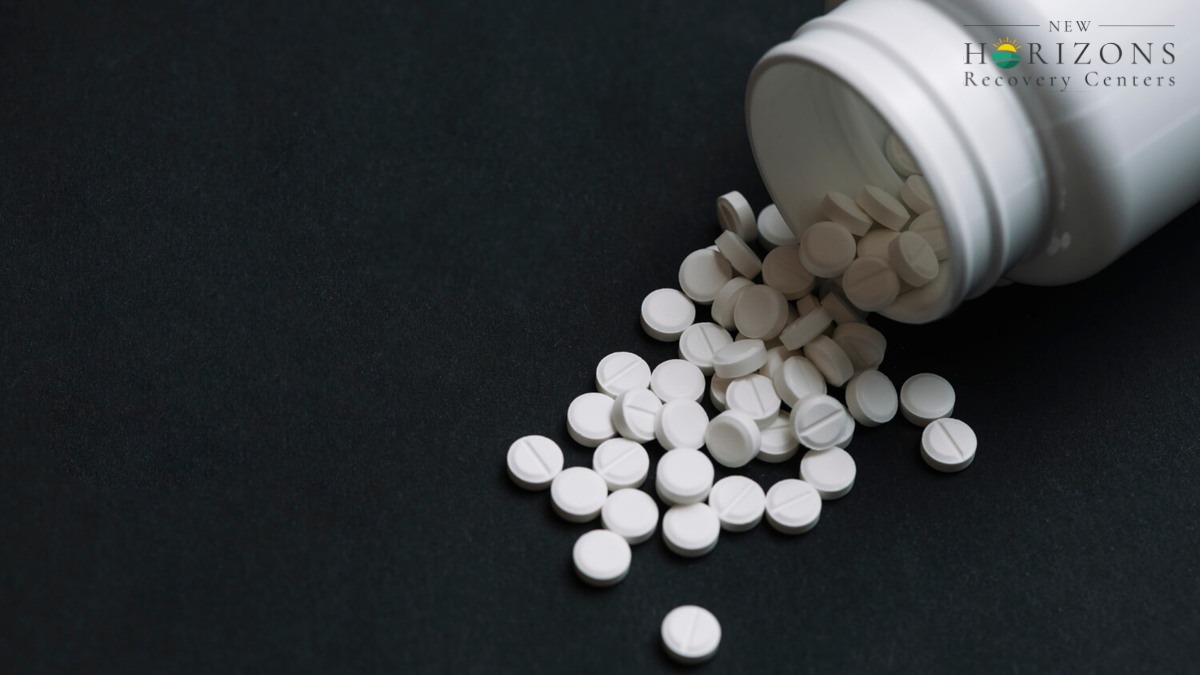Key points:
- Cannabis can produce depressant, stimulant, or hallucinogenic effects, depending on dose, product, and individual vulnerability.
- Frequent, high-THC use links to higher risk of depression, anxiety, and psychosis, especially in young people.
- Harm reduction, limiting potency and frequency, and professional support reduce risks and improve outcomes.
Weed affects each person differently, and its impact on mood, motivation, and anxiety depends on frequency, dosage, and your brain chemistry. Some experience calm and slowed thoughts like a depressant, while others feel anxious or disoriented. Over time, heavy cannabis use can change sleep patterns, emotional regulation, and decision-making.
This guide breaks down how weed influences mental health, explains its role in depression and motivation loss, and offers practical insight for anyone wondering if cannabis use might be holding them back from feeling balanced and clear.
-ink.jpeg)
Why calling cannabis a single "depressant" is misleading
Labeling cannabis as a “depressant” oversimplifies a substance that has highly variable effects depending on its chemical composition, the user’s biology, and the context of use. In pharmacology, depressants are substances that slow brain activity, leading to relaxation, sedation, or impaired coordination. Alcohol, benzodiazepines, and barbiturates are typical examples. Cannabis, however, does not act through the same primary mechanisms as these drugs.
The cannabis plant contains over 100 cannabinoids, each interacting differently with the body’s endocannabinoid system (ECS), a complex network of receptors that helps regulate mood, sleep, appetite, memory, and pain perception. The two best-known compounds are tetrahydrocannabinol (THC) and cannabidiol (CBD). THC binds to CB1 receptors in the brain, producing euphoria and altered perception, while CBD has a more modulating and non-intoxicating effect.
Because of these differences, cannabis can display depressant, stimulant, or hallucinogenic properties depending on:
- Dosage and potency: Higher THC levels often cause sedation, while lower doses can increase alertness.
- Strain and cannabinoid balance: Sativa-dominant strains may promote focus or energy, while indica-dominant strains are typically calming.
- User’s physiology and mood state: Factors such as anxiety level, fatigue, and previous cannabis experience significantly affect the outcome.
These nuances mean that cannabis cannot be accurately categorized under one pharmacological label. Instead, it is better described as a multimodal psychoactive substance, capable of influencing multiple neural pathways that produce a mix of relaxing, stimulating, or perceptual effects in different situations.
Short term effects, why some people feel sedated
In the short term, cannabis produces effects that can feel similar to depressants for some users. Shortly after inhalation or ingestion, THC activates the brain’s reward system, increasing dopamine levels and creating a sense of relaxation, pleasure, and calm. This can cause slowed reflexes, impaired coordination, and a “mellow” feeling that many people associate with sedation.
However, this initial relaxation can shift rapidly. For others, especially those new to cannabis or using potent strains, the same THC stimulation can trigger heightened anxiety, racing thoughts, or paranoia. Physiological responses like increased heart rate, dry mouth, and bloodshot eyes further highlight its stimulant aspects. In large doses, THC can also distort sensory perception, leading to mild hallucinations or a distorted sense of time, effects more typical of hallucinogens than depressants.
The route of administration plays a major role as well:
- Inhalation (smoking or vaping) produces almost immediate effects that peak within minutes and subside after a few hours.
- Edibles release THC gradually through digestion, leading to delayed but more intense and prolonged effects, sometimes lasting up to eight hours.
Because of this variability, users may experience both depressant-like calmness and stimulating effects in the same session. Importantly, combining cannabis with alcohol or sedatives amplifies its depressant effects, which can impair cognitive and motor performance more severely than either substance alone.
Long term mental health effects, what the evidence says
-ink.jpeg)
Large reviews and recent meta-analyses show an association between cannabis use and a higher likelihood of depression and anxiety symptoms, but the relationship is complex and partly bidirectional. People with existing depression may use cannabis to self-medicate, while frequent, heavy, or early use appears to increase risk for developing depressive symptoms later on.
A 2025 meta-analysis found a modest but significant association between cannabis use and depression risk, and other population studies link regular high-THC use to increased psychiatric symptoms. The quality and design of studies vary, but the overall pattern supports caution, particularly for heavy users and those who begin in adolescence.
Cannabis and psychosis, potency matters
Of all the mental health risks linked to cannabis, psychosis has the strongest and most consistent scientific evidence. High-THC cannabis, especially modern concentrates such as dabs or oils containing 70–90% THC, significantly raises the likelihood of experiencing psychotic symptoms, such as paranoia, delusions, or hallucinations.
Several large-scale studies have confirmed that:
- Daily users of high-potency cannabis are several times more likely to develop psychotic disorders compared to non-users.
- Early onset use (before age 18) increases vulnerability to psychosis in later life.
- Individuals with a family history of schizophrenia or bipolar disorder are especially sensitive to THC’s psychotomimetic effects.
One landmark 2019 study found that cities with higher prevalence of high-potency cannabis had markedly higher rates of psychotic disorders. Conversely, areas where people used lower-potency forms had significantly fewer cases. This points to a clear dose-dependent relationship, the stronger and more frequent the use, the greater the risk.
The good news is that psychosis risk tends to decline after reducing or stopping cannabis use, especially when professional treatment or medication is involved early. This highlights the importance of awareness and early intervention.
THC versus CBD, opposing effects on mood
THC and CBD are the two most studied cannabinoids, and their effects on the brain differ sharply.
- THC (tetrahydrocannabinol) is psychoactive. It binds strongly to CB1 receptors, producing the “high” feeling. It can enhance sensory experiences and creativity for some users, but it can also cause anxiety, paranoia, and cognitive impairment, especially at higher doses.
- CBD (cannabidiol) is non-intoxicating and appears to counterbalance some of THC’s negative effects. It interacts indirectly with cannabinoid receptors and may modulate serotonin pathways, which can promote relaxation and reduce anxiety in some users.
Research indicates that cannabis strains or products with higher CBD-to-THC ratios may produce more balanced effects. In clinical trials, CBD has shown potential anxiolytic and antipsychotic properties, although evidence is still limited and dosage-dependent. Unfortunately, many commercial products marketed as "CBD-rich" still contain unregulated THC levels, leading to unpredictable results.
Ultimately, the balance between THC and CBD largely determines how cannabis influences mood. Users seeking relaxation or anxiety relief should be cautious with high-THC strains and verify product composition through lab-tested sources.
Who is at higher risk of harm
-ink.jpeg)
Certain groups face greater risk from cannabis-related mental health effects:
- Adolescents and young adults, because their brains are still developing.
- Frequent users, especially daily users of high-THC products.
- People with a personal or family history of psychosis or severe mood disorders.
- Those using cannabis to self-medicate for pain, anxiety, or depression, who may consume higher doses or more frequently.
Recent analyses and news reports show self-medicating users often take larger amounts and may face higher levels of paranoia and psychosis risk. These patterns underline the importance of context, dose, and intent.
Practical, compassionate guidance: reduce risk and protect your mental health
If cannabis is part of your life and you want to reduce harm, these evidence-based steps help lower the chance of mental health harm:
- Limit frequency, avoid daily use, and take extended breaks to reduce tolerance and risk.
- Choose lower THC and products with some CBD when possible, avoid homemade or unknown sources.
- Avoid starting use during adolescence, and delay first use until the brain is more mature.
- Do not mix cannabis with alcohol or sedatives, which increase cognitive impairment and safety risks.
- If you notice worsening mood, anxiety, paranoia, sleep disruption, or trouble functioning, seek help from a mental health professional. Early support improves outcomes.
These practical steps are grounded in research showing potency, frequency, and age of first use drive much of the risk profile.
When cannabis may be masking a deeper problem
-ink.jpeg)
Some people use cannabis to cope with distressing symptoms, like anxiety, insomnia, or low mood. This can temporarily ease distress, but it may delay effective treatment and allow underlying illness to worsen.
If cannabis is your primary way to manage symptoms, consider talking to a clinician about safer strategies, behavioral therapies, or medication that target the root cause. Integrated care that treats both substance use and mental health together produces better recovery results than addressing one issue alone.
FAQs
Is cannabis chemically a depressant?
No, cannabis is not strictly a chemical depressant. Its compounds produce mixed effects, and cannabis can act like a depressant, stimulant, or hallucinogen depending on dose and individual factors.
Can cannabis cause depression?
Evidence shows an association between frequent or heavy cannabis use and later depressive symptoms, but causality is complex and may be bidirectional. Reducing use often improves mood for some people.
Should someone with anxiety or psychosis avoid cannabis?
People with anxiety disorders or a personal or family history of psychosis should avoid or limit cannabis, especially high-THC products, because of elevated risk for worsening anxiety or psychotic symptoms.
Find Mental Balance With Structured Recovery
Cannabis misuse can blur focus and stability, but recovery plans in Pennsylvania and Ohio restore clarity with proven therapy models, behavioral coaching, and mental health support. New Horizons Recovery Centers helps you identify triggers, rebuild motivation, and find calm without dependence. Reach out today to begin a personalized treatment plan that strengthens your mental resilience and supports long-term recovery from substance-related challenges.





-ink.jpeg)
-ink.jpeg)
